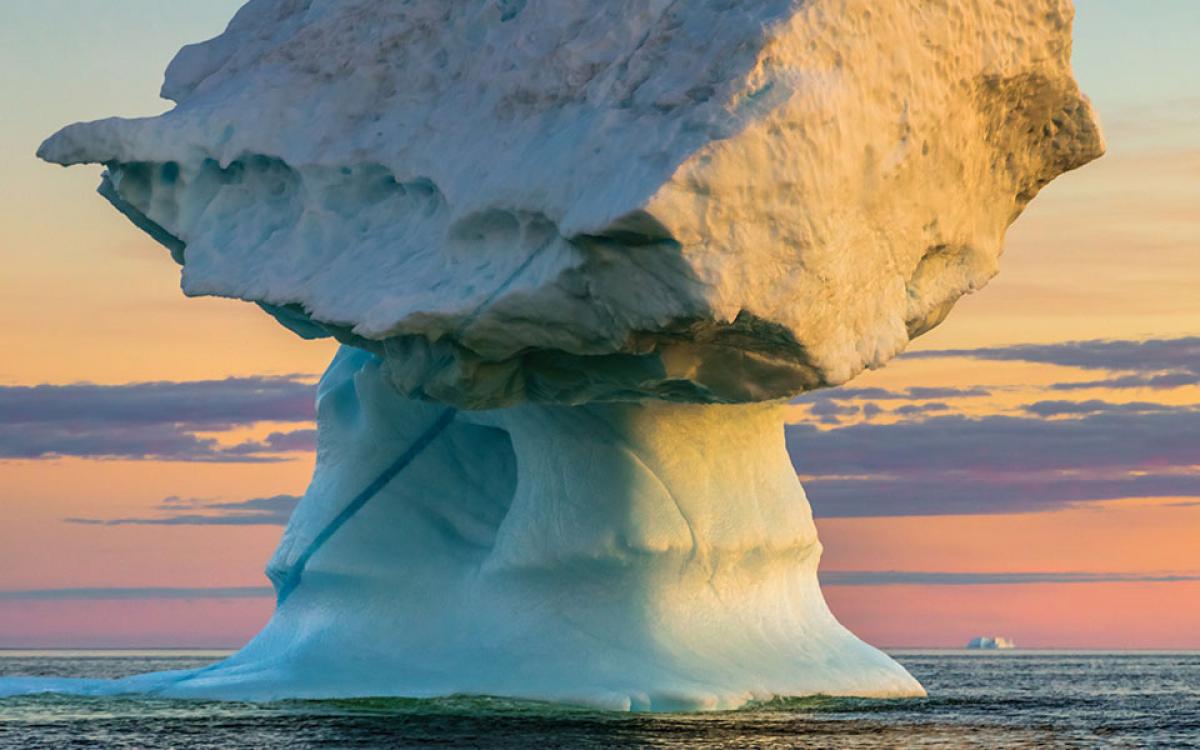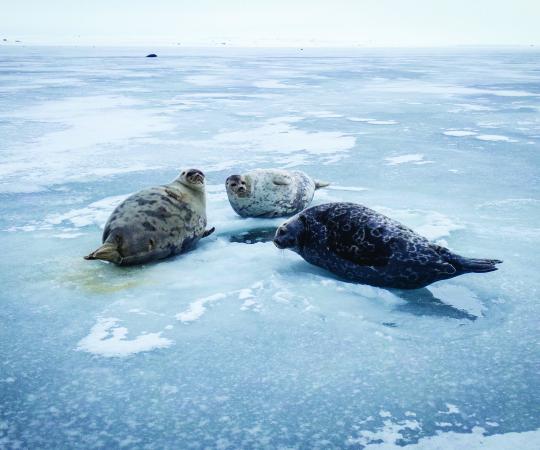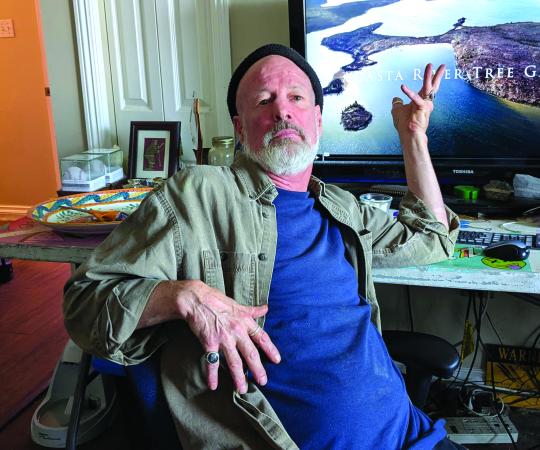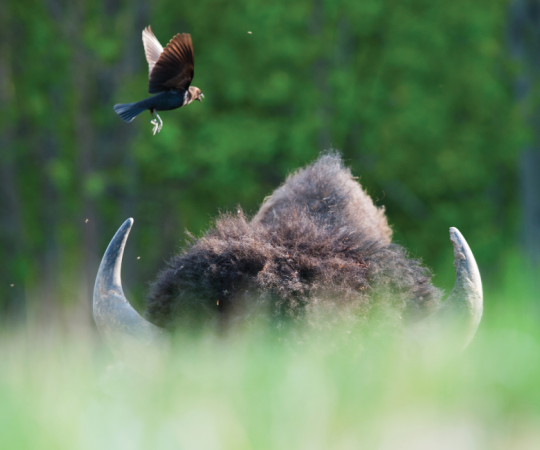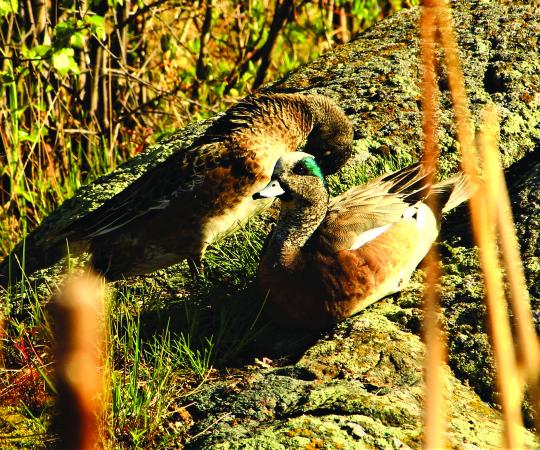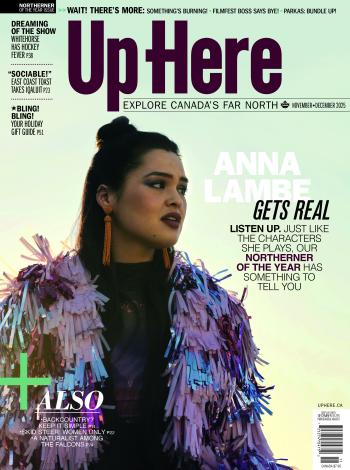The study:
Climate researchers make a link between CO2 emissions and the decrease of September Arctic sea ice area, and provide a rough scale so an individual can see their own contribution to sea ice decline.
What it says:
Every metric tonne of CO2 released is equivalent to a loss of three-metres squared—about the size of a queen-size-bed—in Arctic sea ice extent in September.
Blind spot:
Little is known about the impact of ocean temperatures on sea ice, says Dirk Notz, a co-author of the study. It could play a significant role in the long-term changes to sea ice, but the study focused only on the linear relationship between the air (CO2) and ice.
You’re in Vancouver. You’ve packed up the car with everything you’ll need for a road trip: snacks, a change of clothes, more snacks. And you’re off. You’re driving through British Columbia, into the Yukon, up the Dempster Highway into the Northwest Territories, straight to Inuvik. When you get there, you’re in a new time zone, the temperature has dropped considerably and the hours of daylight are either drastically up or down, depending on the time of year. And you’re also responsible for the loss of three-square-metres of late-summer sea ice. Wait, what?
Scientists from the Max Planck Institute for Meteorology in Germany and the National Snow and Ice Data Centre in Colorado set out to make impacts on climate change more accessible to individuals and policy-makers. Their study, released in the journal Science, draws a line from your personal carbon emission output to the decline in Arctic sea ice. What they found was that for every metric tonne of carbon dioxide emitted throughout the world, three-square metres of September Arctic sea ice disappears.
This means a 4,000-kilometre drive, like that from Vancouver to Inuvik, shears away an area of ice about the size of a queen-size bed.
“The way we get at that is we take the observed record of sea ice and plot that versus accumulated CO2 emissions,” says one of the study’s authors Julianne Stroeve, a climate scientist with the National Snow and Ice Data Centre. “You can see there is a linear relationship.”
Stroeve and lead author Dirk Notz, with the Max Planck Institute, looked at sea ice data from 1953 through 2015. What came out was that figure of one metric tonne (or 1,000 kilograms) of CO2 to three-square-metres of Arctic sea ice extent lost.
Sea ice extent (or area), rather than volume, is the generally accepted measure of change used in climate science. More data on extent is available largely because it’s easily accessible through flyovers (data from 1953 to 1978 was gathered this way) and via satellite (from 1979 on). Volume is much harder to gather, though if it were available, Stroeve says it could offer an even more accurate measure of change.
Of course, there are various factors outside of CO2 emissions that contribute to warming (methane release, for example), as well as cooling (dirt particles in the atmosphere creating a sort of sunshade). But researchers produced similar results to this study in other simulations that took into account those additional factors, says Notz—the linear relationship between CO2 and Arctic sea ice melt held up.
While the study goes on to suggest that at our current rate of CO2 emissions, the Arctic will be ice-free by mid-century, Notz says it's more important to focus on how we get there.
“[What] we’re trying to get across, even though it’s much less intuitive, is there’s no specific year when the Arctic will be ice-free, but there is a specific amount of CO2 that will get us there,” he says. That amount is around 700,000 gigatons.
But big, abstract numbers are hard for anyone to really visualize and that’s one of the challenges researchers have in communicating climate science, says Notz. Hence the effort to break it down and personalize it. “It gives people a better understanding of how our actions now really contribute to global warming and that allows them to make a more informed decision on actions in the future,” says Notz.

